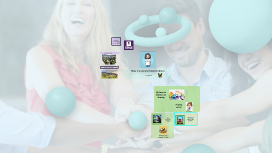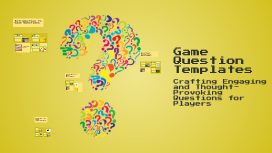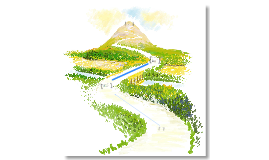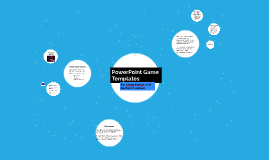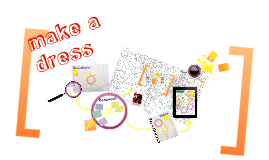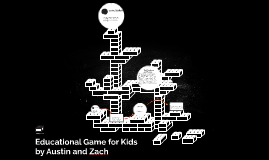Game Question Templates
Transcript: Introduction to Game Questions Definition of Game Questions Types of Game Questions Game questions are inquiries or prompts presented within a game to stimulate player thought, encourage engagement, or assess knowledge. They can take various forms, such as trivia, quizzes, or scenario-based dilemmas, designed to challenge players and enhance their gaming experience. Game questions can be categorized into several types, such as trivia, multiple-choice, open-ended, scenario-based, and survey questions. Each type serves specific purposes in assessing player knowledge, choices, and preferences, enhancing gameplay. Objective of Using Questions Importance in Game Design The primary objective of using questions in games is to engage players actively and to drive narrative or strategy. Questions can enhance learning, clarify objectives, and enrich the overall gaming experience, making them integral to effective game design. Incorporating game questions into design creates pathways for player interaction, enhances retention, and fosters community engagement. They can drive narrative, inform players about mechanics, and adjust difficulty levels, ensuring a balanced and compelling experience. Crafting Effective Questions Game Question Templates Question Formats Understanding Your Audience Employing various question formats like multiple choice allows for straightforward answers, while open-ended questions promote critical thinking and creativity. Balancing both formats can cater to diverse player skills. Identifying your audience's preferences is crucial. Tailoring questions to their age, experience level, and interests can enhance engagement and relevance, making the gameplay experience more immersive and enjoyable. Incorporating Story Elements Balancing Difficulty Levels Questions should be appropriately challenging to maintain player interest without causing frustration. Gradually increasing complexity can enhance learning and retention, creating a rewarding experience. Integrating narrative elements into questions can deepen player immersion and emotional engagement. Linking questions to character backstories or plot developments enhances the overall gaming experience. Examples of Game Questions Trivia Questions Trivia questions are used to gauge knowledge on a specific topic and can range from easy to difficult levels. They serve as a fun way to challenge players while reinforcing learning about game lore or historical facts. Character Development Questions Character development questions encourage players to think deeply about their in-game persona. These questions often explore motivations, backstories, and relationships, enriching the gaming experience and enhancing player immersion. Scenario-Based Questions Scenario-based questions place players in fictional dilemmas requiring strategic thinking. These questions assess decision-making skills, allowing players to reflect on potential outcomes based on their choices within the game context. Puzzle Questions Puzzle questions challenge players' problem-solving abilities, requiring critical thinking to solve problems within the game. This cognitive engagement can vary in complexity, appealing to diverse player skill levels and enhancing gameplay. Crafting Engaging and Thought-Provoking Questions for Players Evaluation and Improvement Analyzing Question Effectiveness Gathering Player Feedback Assessing question performance metrics such as response rates and player retention rates reveals how well questions serve their purpose. Effective questions maintain player interest and challenge without causing frustration. Utilizing surveys, interviews, and in-game analytics provides direct player insights. Understanding players’ experiences with questions helps assess their clarity and engagement levels, leading to informed revisions. Revising Questions for Engagement Case Studies of Successful Question Use Incorporating player feedback and effectiveness analyses leads to strategic question revisions. Adjusting difficulty levels and adding diversity in format enhances engagement, ensuring players remain stimulated. Analyzing successful games that use compelling questions can offer valuable insights. Titles such as 'Trivia Crack' showcase how engaging questions drive player interaction and retention rates.






